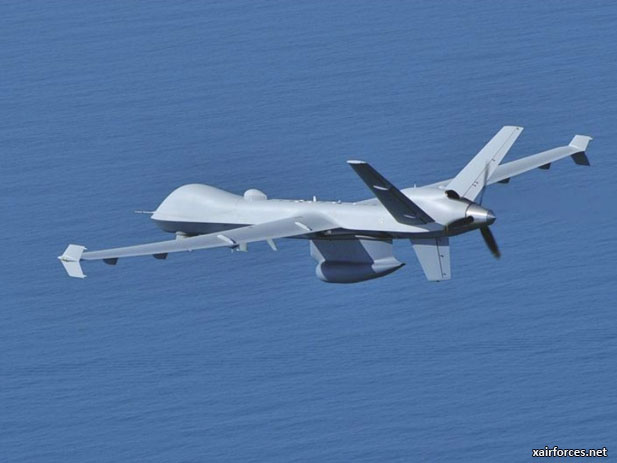
Sharp US drawdown imperils Afghan military mission

The Obama administration appears determined to vacate Afghanistan as fast as possible. If the latest leaks are to be believed, officials are willing to leave as few as 6,000 U.S. troops behind after 2014, concentrated at the Bagram air base and a few other installations around Kabul. The mind boggles at what this would mean in military terms.
Consider one simple fact: Kandahar, the city where the Taliban movement started, is 310 miles southwest of Kabul. Imagine that intelligence analysts have identified a "high-value target" - say, a terrorist facilitator with links to both al-Qaida and the Taliban - in Kandahar. How would the U.S. military capture or kill him without a secure base in Kandahar?
This scenario is, on some level, fanciful, because the lack of a U.S. presence on the ground around Kandahar would make it very difficult to generate useful intelligence. How would the CIA or the Defense Intelligence Agency run agents or even operate drones? Even assuming that the intelligence could be garnered, it would be exceedingly hard to act on the information.
A SEAL or Delta Force team typically reaches its target by helicopter. But Kandahar is a two-hour helicopter flight from Kabul and a fully loaded Blackhawk would need to refuel to make the round trip. Assuming there is no U.S. base in Kandahar, this would require aerial refueling, which is difficult and costly and would not necessarily be available 24-7. Given the long flight time, there is a good chance that by the time the commandos arrived, the target would have moved on.
It is doubtful that such a force would be dispatched in the first place, however, because commanders would be reluctant to send special operators into high-risk situations without having quick-reaction forces standing by to rescue them in the event of trouble. U.S. generals would not feel comfortable entrusting the lives of these elite operators to local Afghan army forces, especially in light of the well-advertised problem of Taliban infiltrators, so they would probably not order the mission in the first place.
That would leave only one way to attack a terrorist kingpin in Kandahar: from the air, with either an armed Predator or a manned aircraft such as an F-16. Yet the ability to keep either kind of aerial platform over Kandahar would be severely limited by the need to fly 600 miles round-trip from Bagram simply to arrive on station. So there would probably be a considerable time lag simply to drop a bomb.
Relying on air power carries other risks, such as the potential for collateral damage, which can create more enemies than missions eliminate. Aerial attacks on wedding parties and the like were especially common in Afghanistan before the troop surge started in 2009.
Another problem with air power is that it precludes the possibility of interrogating suspects and examining their computers and paperwork - one of the best sources of intelligence about terrorist machinations. The Joint Special Operations Command, composed of the top-tier special operators, has become such an effective man-hunting machine precisely because it has become so proficient at "sensitive site exploitation" and interrogation of detainees, sometimes leading to fresh missions being launched the night before a detainee's confederates are even aware that he has been taken into custody. That will become impossible under the planned drawdown.
All in all, limiting the U.S. presence to 6,000 or so troops in Bagram and Kabul would be a major counterterrorism setback. It would also have a deleterious impact on the combat effectiveness of the Afghan army and police.
The Afghan National Security Forces, now 352,000 strong, have made considerable strides, but they remain heavily reliant on U.S. help for air support, logistics, intelligence, route clearance and other key "enablers." The Defense Department's new Report on Progress Toward Security and Stability in Afghanistan noted that only one of 23 Afghan army brigades is able to operate without coalition help.
It is hard to imagine how anyone in the Obama administration could conclude that a force of just 6,000 personnel would be sufficient after 2014 when, even with 68,000 troops today, the United States cannot prevent the Taliban and Haqqanis from operating openly an hour's drive from Kabul. Such a precipitous drawdown vastly increases the risk of a Taliban takeover.
Max Boot is a senior fellow at the Council on Foreign Relations.
Source: azstarnet.com - 26 December 2012
Photo: The U.S. Air Force MQ-9 Reaper in Afghanistan (Photo by USAF)
(26.12.2012)
|